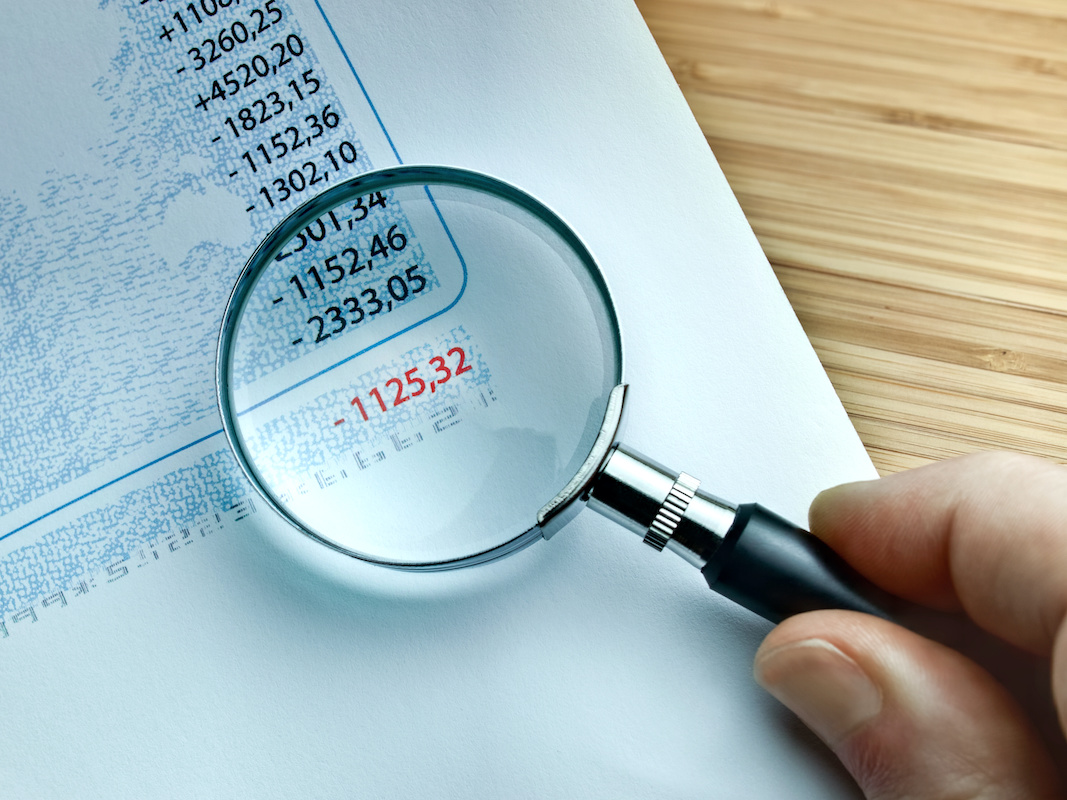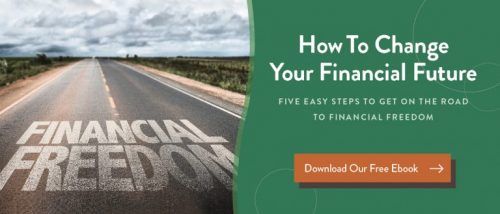
(How To) Stop Making Unsustainable Withdrawals From Your Investment Accounts and Save More!
Are you making unsustainable withdrawals from your investment accounts? If so, it’s time to take a step back and reassess your financial plan. Overdrawing on any sort of account can have serious consequences in both the short- and long term. In other words, it’s a bad idea.
In this post, we’ll discuss why keeping your distributions measured can help maintain the health of your investment portfolios (and, more importantly, how you can do that). Read on to learn more about reaching a healthy balance.
This article explains the following:
- Understand how & why you’re withdrawing money
- Calculate how much you can sustainably withdraw
- Reduce consumption to stick to your withdrawal limit
- Monitor your progress & make necessary adjustments
Understand How & Why You’re Withdrawing Money
These are unprecedented economic times. However, what really amazes me is what I’m hearing from some clients. People are making unsustainable withdrawals from their investment accounts, especially now, while account values are down.
A reliable financial advisor won’t always tell you how brilliant you are, so I won’t beat around the bush. As a would-be friend, I’m asking that you hear me out, for your sake: This is a terrible mistake and it’s a really bad time to be making it.
First, it may result in a decrease in funds available to you for retirement; the money you’d have available to live off of in your golden years. Second, it could result in serious tax penalties, meaning that you’ll be assessed to pay even more. These penalties are applied because most retirement accounts must meet strict withdrawal regulations and the amounts change based on the retiree’s age.
This is why even small withdrawals should be considered thoughtfully, factoring in potential taxes, income, budgeting, and expenses before you make it. Otherwise, you’ll be making a costly, potentially self-destructive mistake with your life savings.
Have I got your attention? I hope so because I’d like to talk about how to make withdrawals the safe way, instead.
Calculate How Much You Can Sustainably Withdraw
I do get it. Inflation is making everything more expensive and we’re all getting pinched in our wallets. At the same time, think of your IRA as the one canteen of water you left to cross this desert: If you discipline yourself to take sips, you can make it last the whole way.
As a rule of thumb, consider 4% of your December 31st balance to be the baseline safe amount. A good planner can fine-tune that number, depending on how your assets are invested, but 4% is a smart limit to start with. It’s all about those little sips in dire need. Anything more runs the risk of wasting what you need for survival in the future.
The other half of the equation is evaluating your spending. Everyone who fully understands the situation is looking for ways to lower their spending. This is the only way to lower/keep your withdrawals at a sustainable rate.
Does Investing During Inflationary Times Concern You? It Doesn’t Have To.
Reduce Consumption To Stick to Your Withdrawal Limit
Somebody always complains that “It’s impossible.” Nonsense. It’s easy. You can start with something as simple as making coffee at home instead of buying it on the way to work (potentially saving as much as $1,200 per year). At the same time, take a lunch instead of eating out. That could mean saving $2,600 more. Cook when you get home instead of eating out. This could save another $3,000 per year (per person).
No, I don’t want you eating grass clippings after mowing the lawn. Keep reading.
All those things I just suggested could potentially mean $20,000 in savings, every year, for a family of four. You should be starting to see where I’m going with this.
I’m not going to twist your arm, but if you get serious enough to go next level, you could save a lot more, with no noticeable discomfort. For example, consider canceling seldom-watched premium cable channels and unnecessary streaming services. Lose any unnecessary paid apps on your phone, while you’re at it.
Apply the same standards to unnecessary memberships: If you seldom visit a gym, fraternal club, country club, or some such, that’s dead weight (that you could always add back later when the economy’s better), as well. Again, it’s about conserving your canteen, here—not swearing off water altogether.
And speaking of water, buy & use a reusable water bottle. You’ll save a lot that’s wasted on disposable bottles. Next, look at your bills and commit to paying them all on time. Late fees are for suckers (alongside NSF fees for failing to balance a checkbook).
Take a list when you go to the grocery store. The big chains want you to wing it because they arrange as many “accidental” impulse purchases at your eye level as possible. Make sure you don’t go in hungry, either (because the old saying is true).
It may be time to cut off adult children who should be fending for themselves, financially. You can make it clear that you’re not singling them out by delaying an expensive project(s) while prices are unusually high. That remodel, vehicle purchase or what-have-you can wait.
Stop buying things to save money on taxes, as well. It makes no sense to spend $30,000 on something—you don’t need—because you might save $3,000. Especially if it depreciates, like a vehicle, forget about it for the time being. Inflation is too high to worry about it right now.
Monitor Your Progress & Make Necessary Adjustments
Where your savings and portfolio are concerned, minimize your cash and fixed-income assets. Certificates of deposit (CDs), bonds, and fixed annuities are losing purchasing power while the inflation storm rages. As interest rates rise in response to inflation, the market favors floating-rate assets, so the value of normally-dependable instruments lowers.
If you have any variable-rate debt, pay it off (or at least start paying it down) before its rates rise even further. Variable-rate loans ride the inflationary sea level, so for as long as economic interest rates keep rising, they’ll get more costly.
Yes, we’re also in a bear market, but don’t quit. I’ve discussed before why a stock market capitulation phase can be a terrible time for panic selling. Instead, minimize or suspend your withdrawals so that your portfolio recovers quicker when markets turn around.
Buy low, temporarily increasing your 401(k) contributions. The 2023 limit is $22,500 for them (or $30,000 if you’re age 50 or older). Do the same, if you can, by maxing your IRA/Roth contributions. The 2023 limit is $6,500 (or $7,500 if you’re age 50 or older).
Just as importantly, update your financial plan. If you don’t have one, call us today to get started. Sapiat Asset Management provides financial planning in Greeneville, TN. We specialize in comprehensive financial planning in Tennessee. Contact us to learn more.

